Scientists Want to Cryogenically Preserve Earth’s Species on the Moon
A team of scientists have created a plan to preserve Earth’s species by storing them in a cryogenic biorepository on the moon.
Designed to protect species in the event of a terrestrial catastrophe, this plan utilizes the permanently shadowed, and therefore naturally cold, lunar craters.
No Need for Electricity or Liquid Nitrogen
According to research led by Smithsonian scientists and published last week, these conditions allow for cryogenic preservation of biological material.
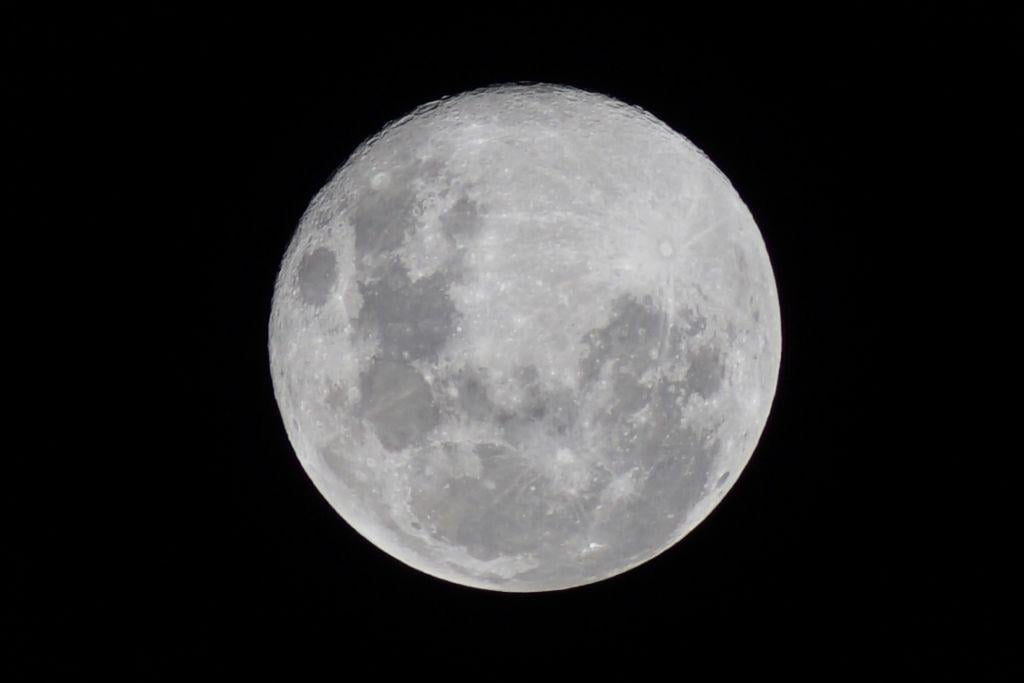
Source: APHOTOGRAFIA/Getty Images
This preservation can be achieved without the need for electricity or liquid nitrogen.
Based on Previous Success
The study, featured in the journal BioScience, is based on the successful cryopreservation of fish skin samples.
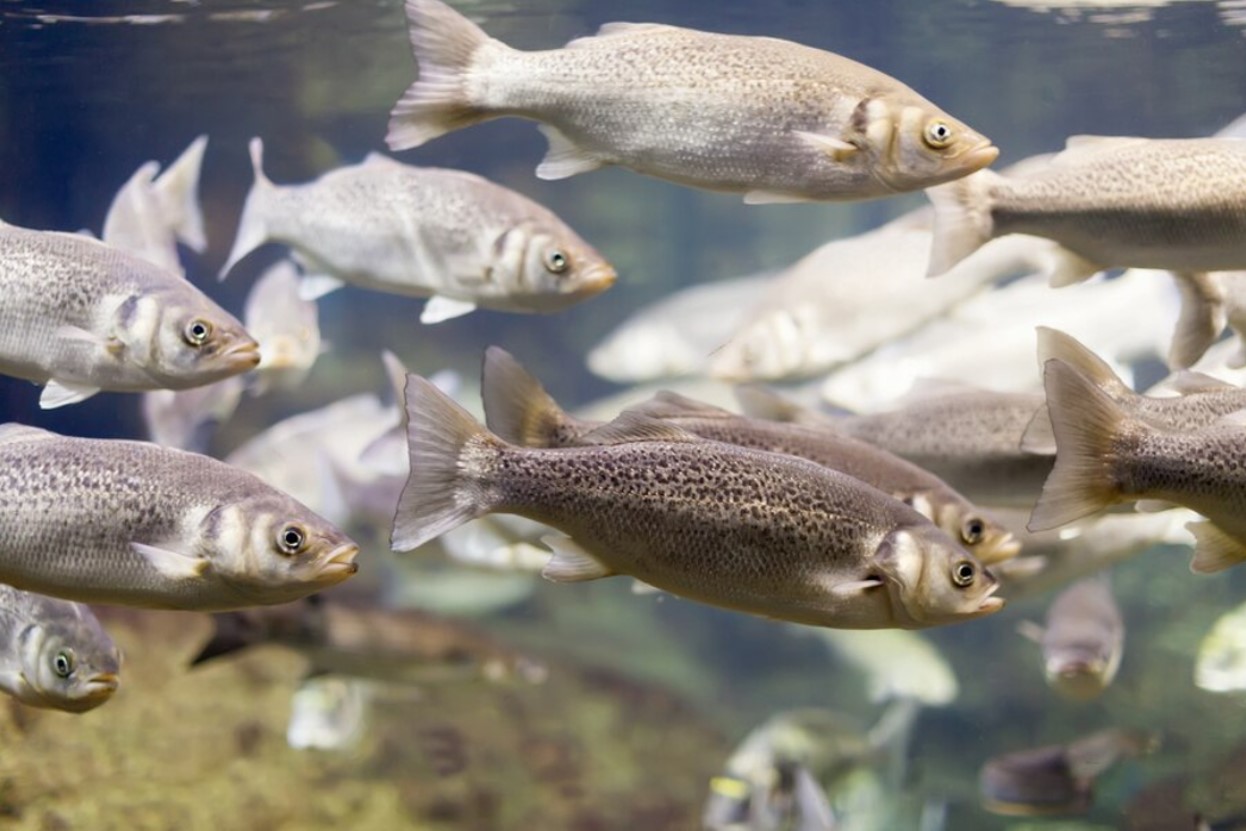
Source: Freepik
It outlines a strategy for establishing a biorepository to safeguard samples from various species.
Targeting At-Risk Species
“Initially, a lunar biorepository would target the most at-risk species on Earth today, but our ultimate goal would be to cryopreserve most species on Earth,” stated Mary Hagedorn, a research cryobiologist at the Smithsonian’s National Zoo and Conservation Biology Institute (NZCBI) and the paper’s lead author.
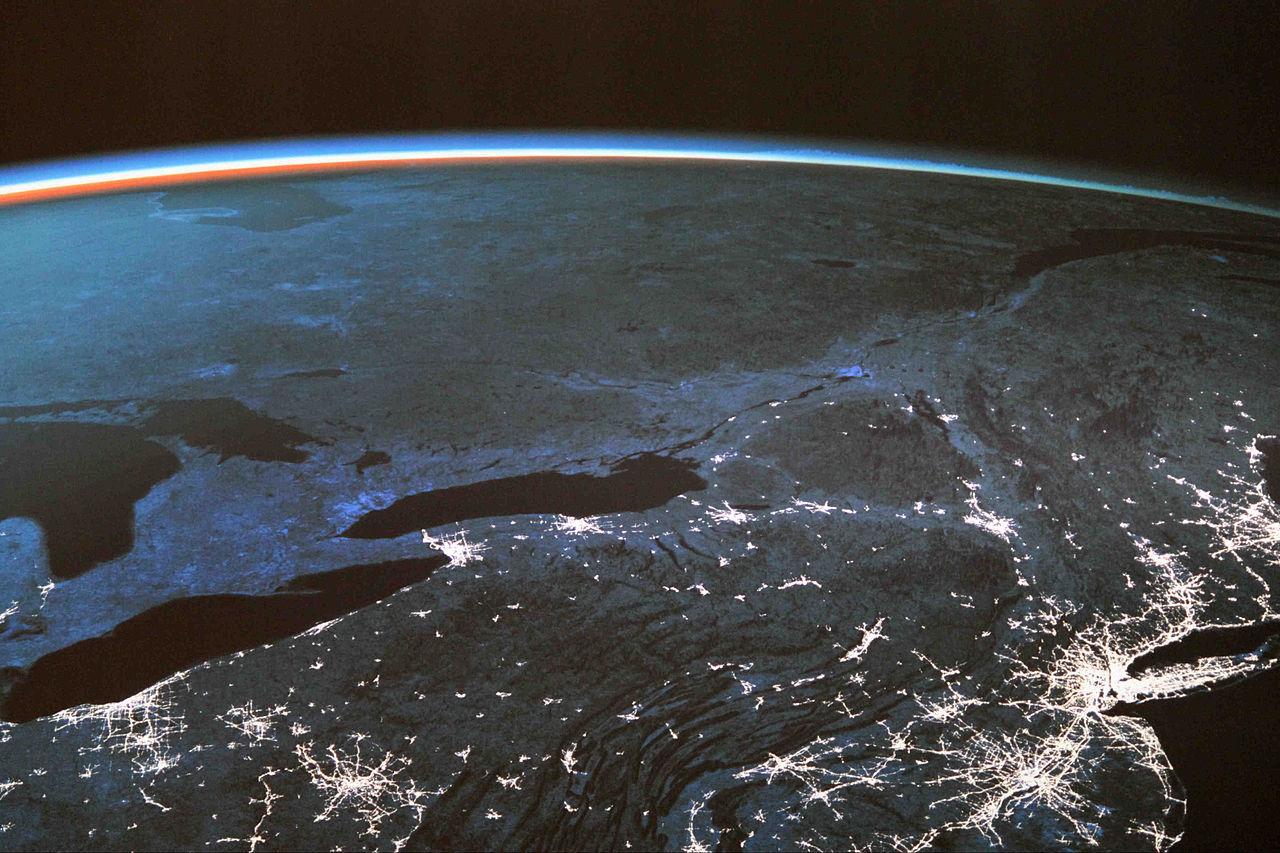
Source: Wikimedia
“We hope that by sharing our vision, our group can find additional partners to expand the conversation, discuss threats and opportunities, and conduct the necessary research and testing to make this biorepository a reality,” Hagedorn added.
Global Seed Vault
The concept of a lunar biorepository draws inspiration from the Global Seed Vault in Svalbard, Norway, which stores over a million seed varieties to protect crop diversity.
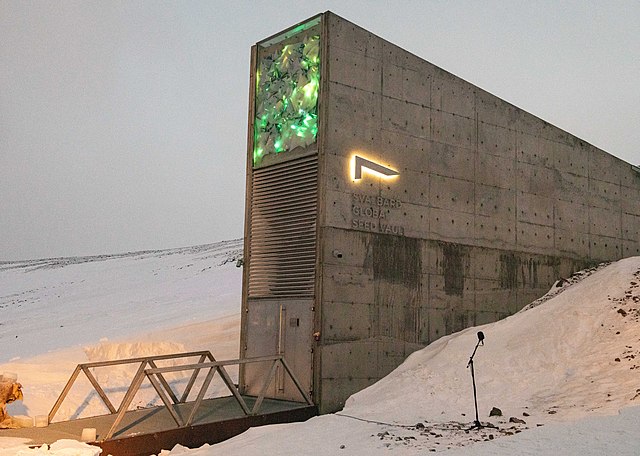
Source: Cierra Martin for Crop Trust/Wikimedia
The vault faced a threat from floodwaters due to thawing permafrost in 2017, highlighting the dangers posed by climate change.
Different Temperature Requirements
Plant cells can be preserved in Arctic conditions.
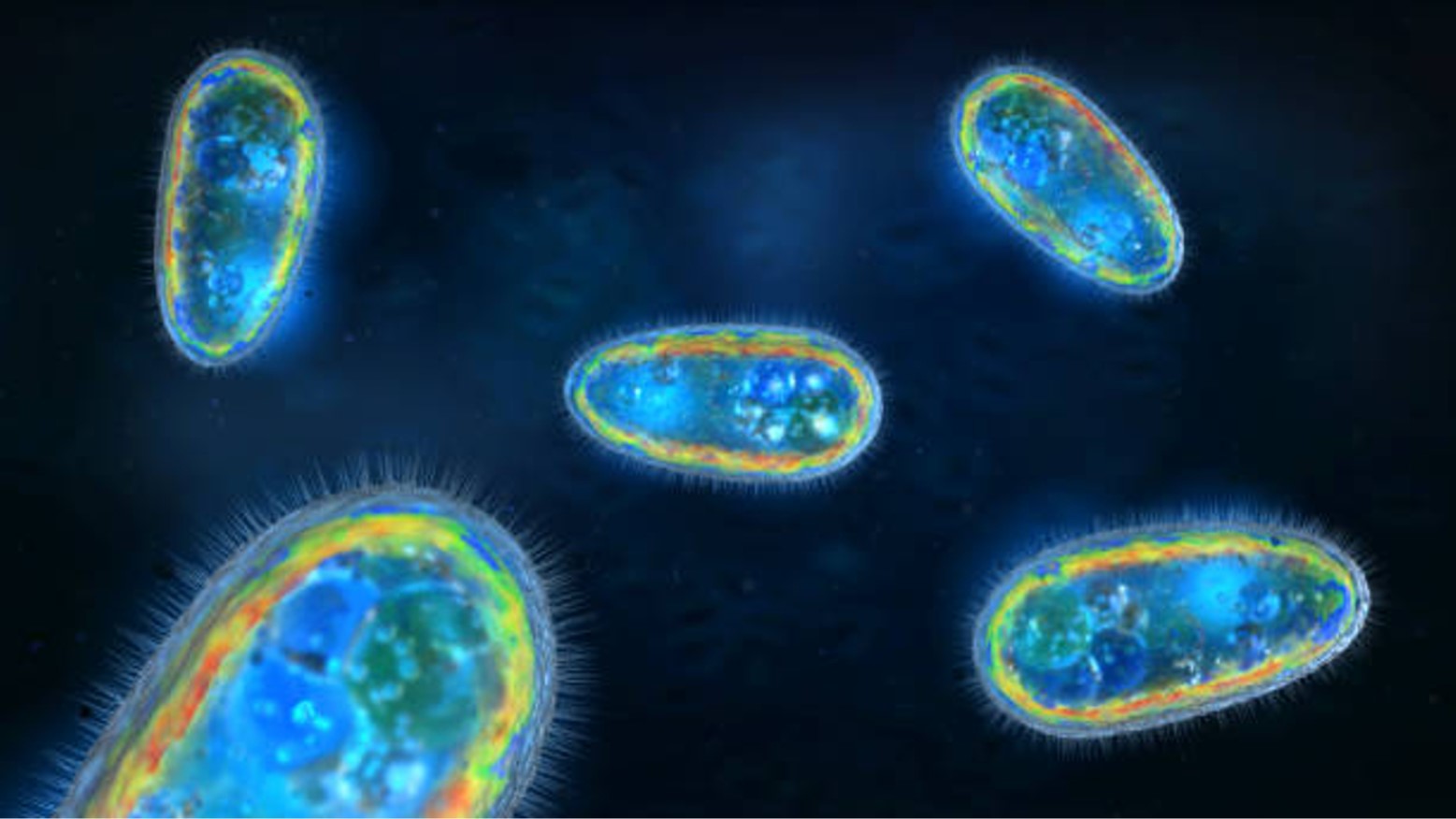
Source: iStock
However, animal cells require much colder temperatures, at least -320 degrees Fahrenheit (-196 degrees Celsius).
Overcoming Earthly Limitations
Achieving these temperatures on Earth demands a consistent supply of liquid nitrogen, electricity, and human intervention, which could be compromised in a global disaster.
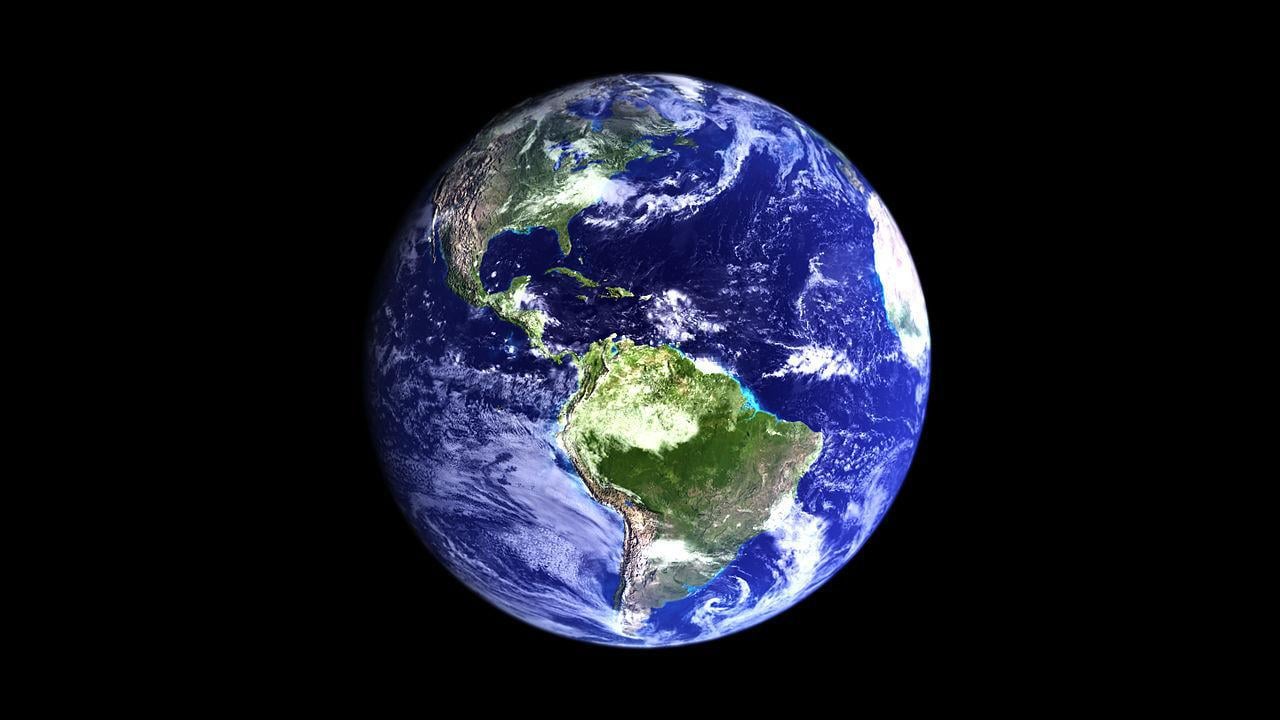
Source: Wikimedia
To mitigate this risk, Hagedorn and her team explored passive cryopreservation, an approach unfeasible on Earth, and turned to the moon.
Lunar Polar Craters
In the lunar polar regions, craters exist in perpetual shadow.
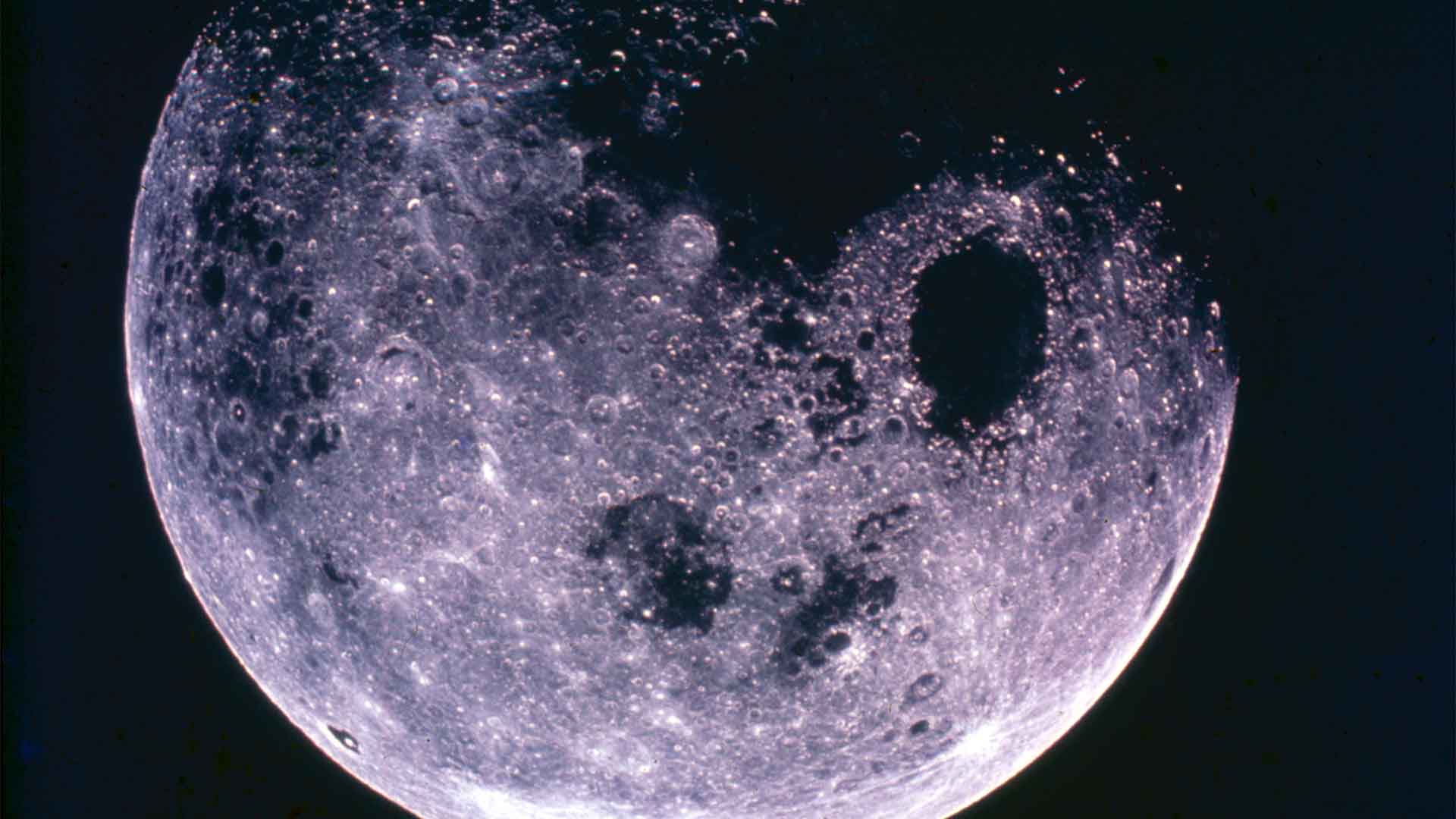
Source: NASA/Interim Archives/Getty Images
Temperatures in these craters can plummet to -410 degrees Fahrenheit (-246 degrees Celsius).
Ensuring Radiation Protection
The researchers also addressed radiation protection for the DNA samples, proposing storage underground or within structures built from lunar rocks.
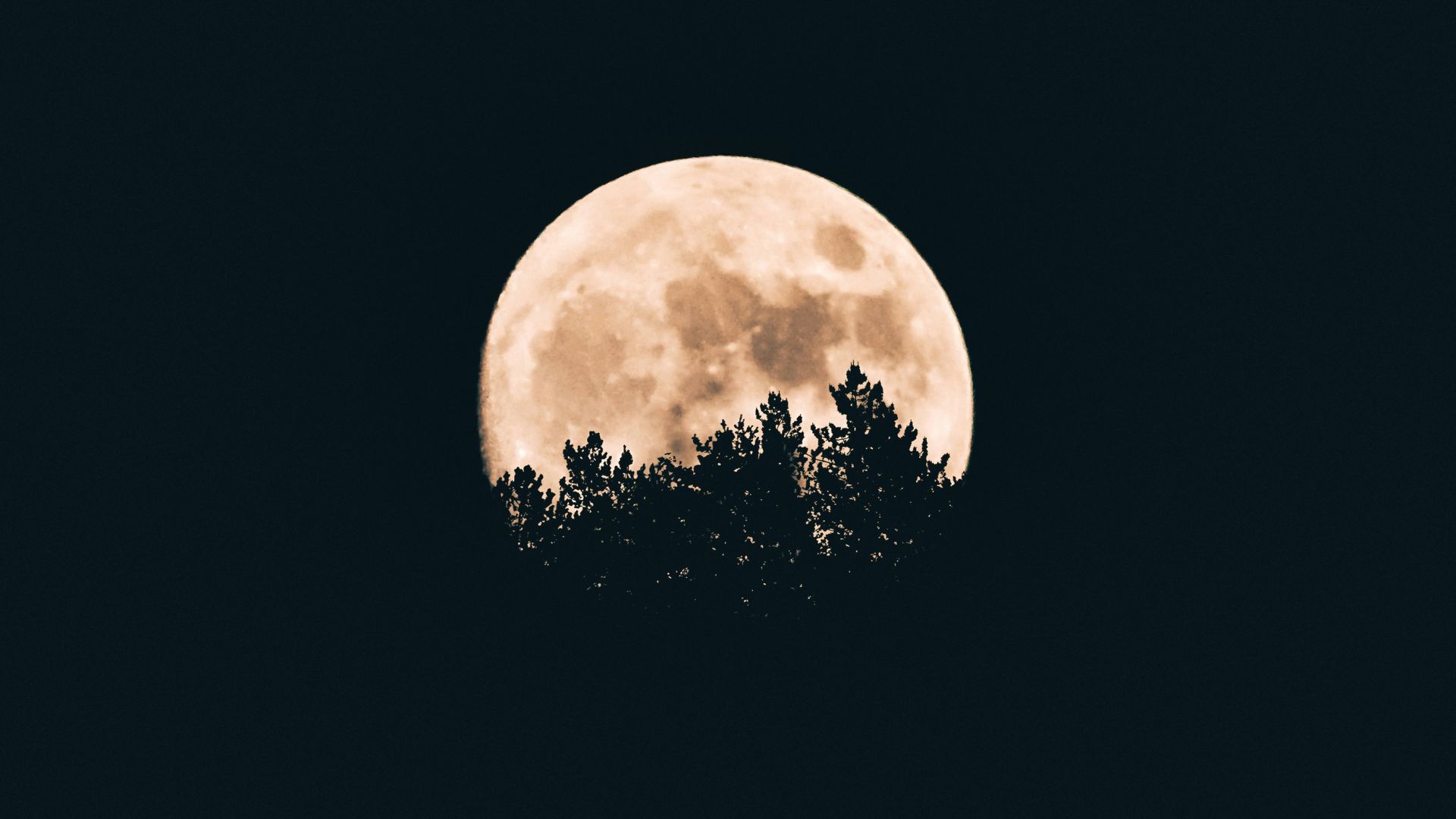
Source: Aron Visuals/Unsplash
Further studies are necessary to understand the effects of radiation and microgravity on cryopreserved samples.
A Backup Plan for Biodiversity
“We aren’t saying what if the Earth fails – if the Earth is biologically destroyed this biorepository won’t matter,” Hagedorn clarified.
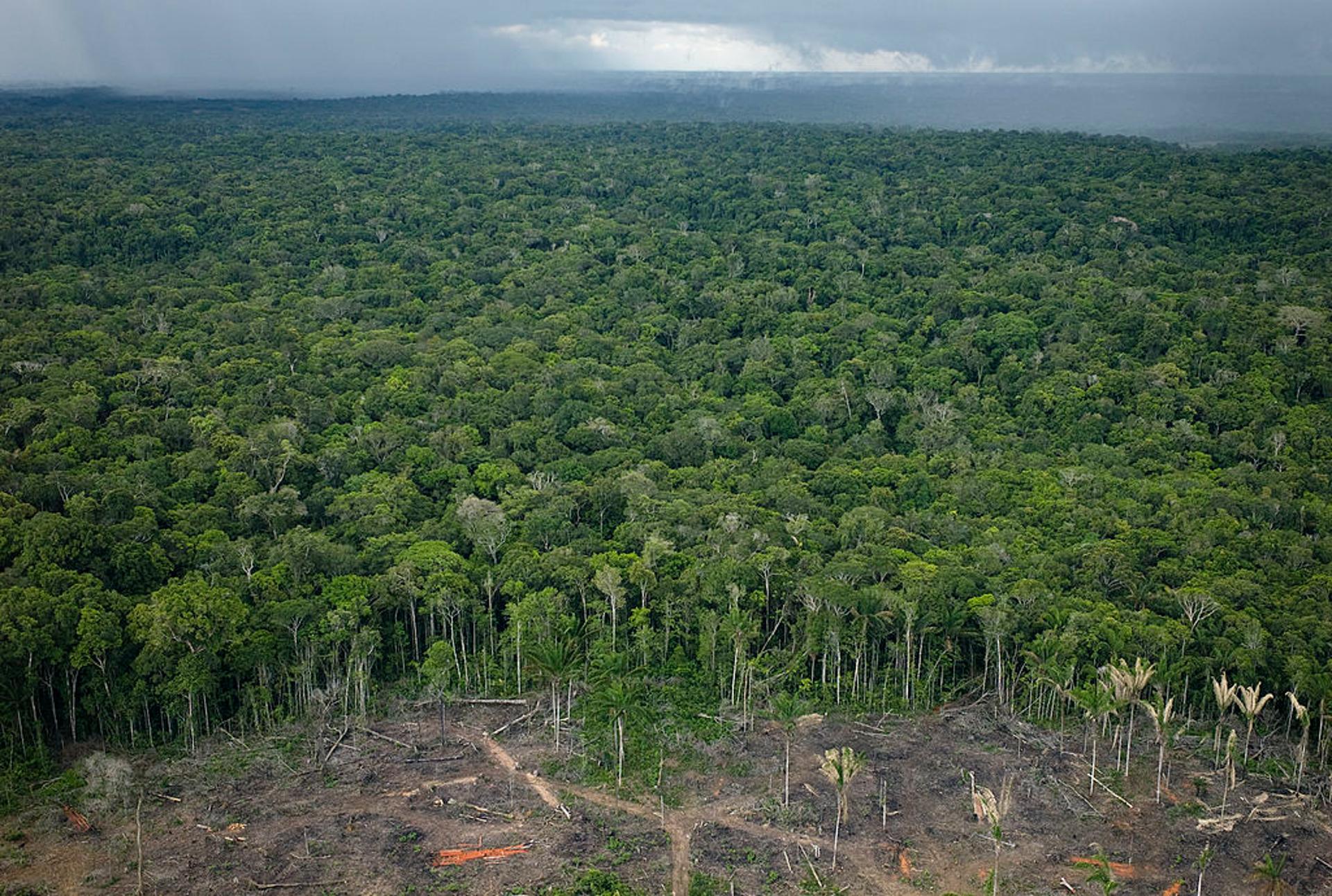
Source: Per-Anders Pettersson/Getty Images
“This is meant to help offset natural disasters and, potentially, to augment space travel. Life is precious and, as far as we know, rare in the universe. This biorepository provides another, parallel approach to conserving Earth’s precious biodiversity.”
Expert Opinion
Rob Brooker, head of ecological sciences at the James Hutton Institute in Scotland, who was not part of the research, commented, “The paper is an interesting and provocative article that highlights the loss of Earth’s biodiversity and the critical need to increase our efforts for nature conservation.”

Source: bearfotos/Freepik
However, he expressed concern that the significant cost and effort required for such a lunar resource could detract from ongoing conservation initiatives on Earth.
Critique of Lunar Biorepository
Sally Keith, a senior lecturer in Marine Biology at Lancaster University, echoed these concerns.
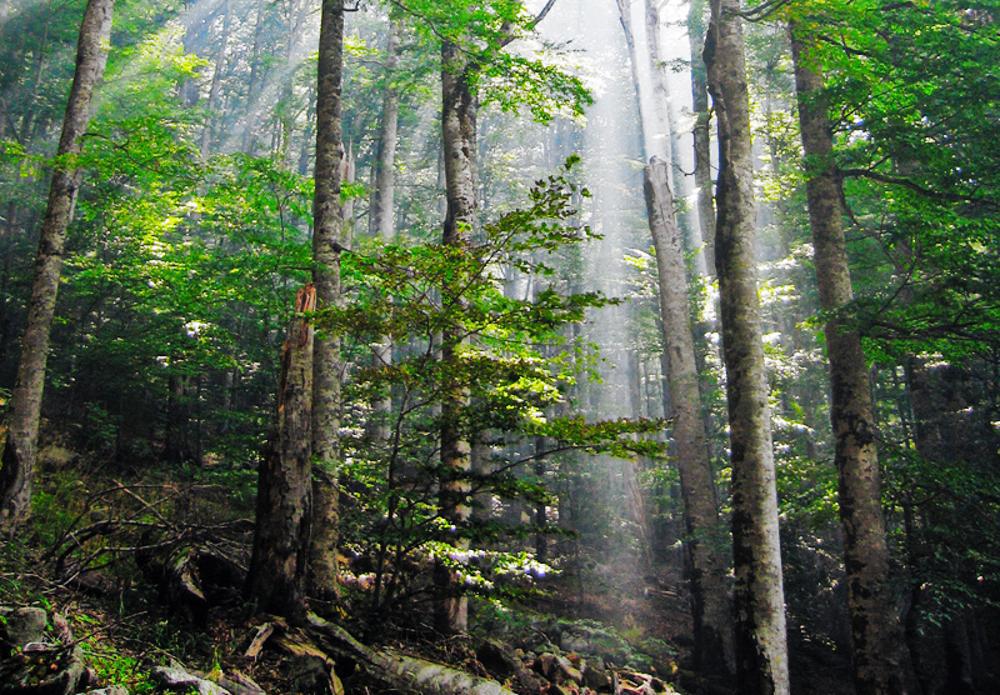
Source: Wikimedia
“The broad approach offers an interesting thought experiment and might lead to innovative technological development. However, I am hard-pressed to see its use in the urgent fight to minimize rapid biodiversity loss,” she told CNN, adding, “How many forests, coral reefs, and freshwater lakes could be better conserved right now, for the cost of launching a rocket to the moon?”
